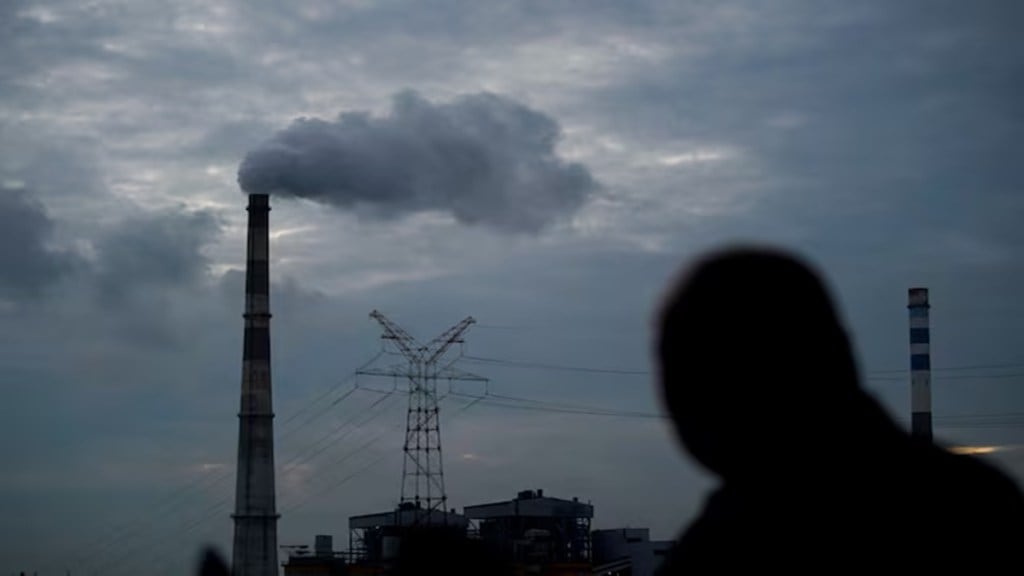A new World Bank report has highlighted how India’s big cities are unprepared to tackle future weather-related shocks. The update suggests a combination of “compact cities,” mixed-use development, and investment in risk-reduction measures to enable more resilient cities, writes Banasree Purkayastha
l What the World Bank report said
THE WORLD BANK has released a report that points out the climate risks facing Indian cities and the urgent need to invest in more green and resilient urban development—including housing, transport, and municipal services – to mitigate these. The new report titled ‘Towards Resilient and Prosperous Cities in India’, prepared in collaboration with the ministry of housing and urban affairs, studied 24 Indian cities, with a special focus on Chennai, Indore, New Delhi, Lucknow, Surat and Thiruvananthapuram. It said that timely adaptation can avert billions of dollars of annual losses from future weather-related shocks.
Meanwhile, India’s urban population is set to almost double by 2050 to 951 million, and more than 144 million new homes will be needed by 2070. However, with over 50% of the urban infrastructure required for 2050 still to be built, there is a window of opportunity though this will require investments of over $2.4 trillion by 2050. Urban local governments, that is, municipal bodies, will have to play a critical role in integrating adaptation and resilience into the urbanisation process.
l Climate risks and their costs
HEAT STRESS IS intensifying and mortality from heat waves could increase by 120% by 2050, the report said. For India’s urban population, this would mean a rise from 144,000 to 328,500 heat related deaths per year by 2050.
Annual estimated losses just from pluvial or storm water related flooding is likely to increase from $4 billion in 2023 to up to $14-30 billion by 2070 exposing up to 46.4 million people. Urban flooding has a substantial impact on urban road network. Even with only 10-20% of the roads inundated, some cities can lose more than 50% of their transport system.
Emissions from Indian cities, though relatively small on a per capita basis, are growing. Most carbon emissions in urban areas of India come from the energy, transport, and building sectors. Meanwhile, growing demand for water supply, public transport, sewerage, access to housing, and solid waste collection and treatment remain crucial challenges.
l Identifying the hotspots
THE REPORT IDENTIFIES hotspots where adaptation measures are most needed. The highest risk of mortality and damage from coastal flooding is in and around Kolkata, along with Mumbai and Surat. In Greater Mumbai, the south is expected to be either flooded or surrounded by water during high-tide periods. Water could also seep into Navi Mumbai and the north through water bodies and waterways.
With most cities located near a river, the risk of fluvial floods is nearly double —this is notable in upper watersheds such as Hyderabad, Bengaluru, and Indore, all of which now frequently face flash floods. Delhi has the largest built-up areas exposed to river flooding among the cities analysed.
Coming to heat stress, Chennai, Lucknow, Surat will experience 30-50% more extremely hot days and nights by 2050 than at present, it says. At present, across all three cities, 25% of working hours per year meet or exceed the high heat stress threshold, impacting productivity and incomes.
l Finding the money
TOTAL CAPITAL INVESTMENT in cities averaged only $10.6 billion per year during 2011–18 against the $175–204 billion per year that will be needed by 2050. The central government is the main financier, largely through the urban missions such as National Solar Mission, Smart Cities Mission (SCM), etc. Over the last six fiscal years, however, most cities have executed only about one-fifth of the cumulative cost of approved projects under the SCM and Atal Mission for Rejuvenation and Urban Transformation (AMRUT), it says.
To attract the kind of funds envisaged, the financial sustainability of municipal services needs to be improved. National development banks offer funds through long-term concessional loans and grants but these require local bodies to have accountability frameworks, and creditworthiness to attract private investors. “Tagging” of municipal expenditures as climate-related could help cities attract finance from global institutions. Some cities have the scope to borrow from the capital markets.
l What the report recommends
INDIAN CITIES CAN be made more efficient via a combination of “compact cities,” mixed-use development and transit-oriented development, all of which serve both mitigation and adaptation purposes, says the World Bank report. If multiple changes are made simultaneously, substantial potential exists for ensuring more livable cities. “These changes include four key improvements: urban compactness, improving municipal services, especially solid waste management, green and energy efficient housing and investing in public transport, as well as increasing resource efficiency,” it says.
The report suggests a City Climate Action Plan which includes conducting local climate and disaster risk assessment, developing impact-based, multi-hazard warning and response systems and investing in risk reduction measures, for floods and heat. It recommends keeping the urban poor at the centre of all climate-sensitive new urban development.


